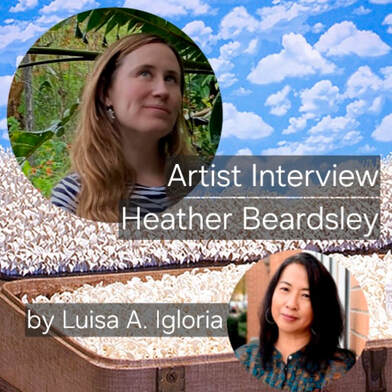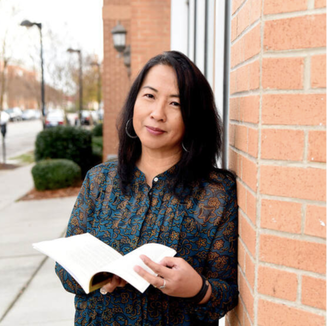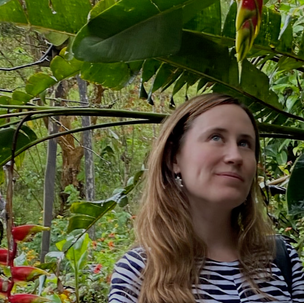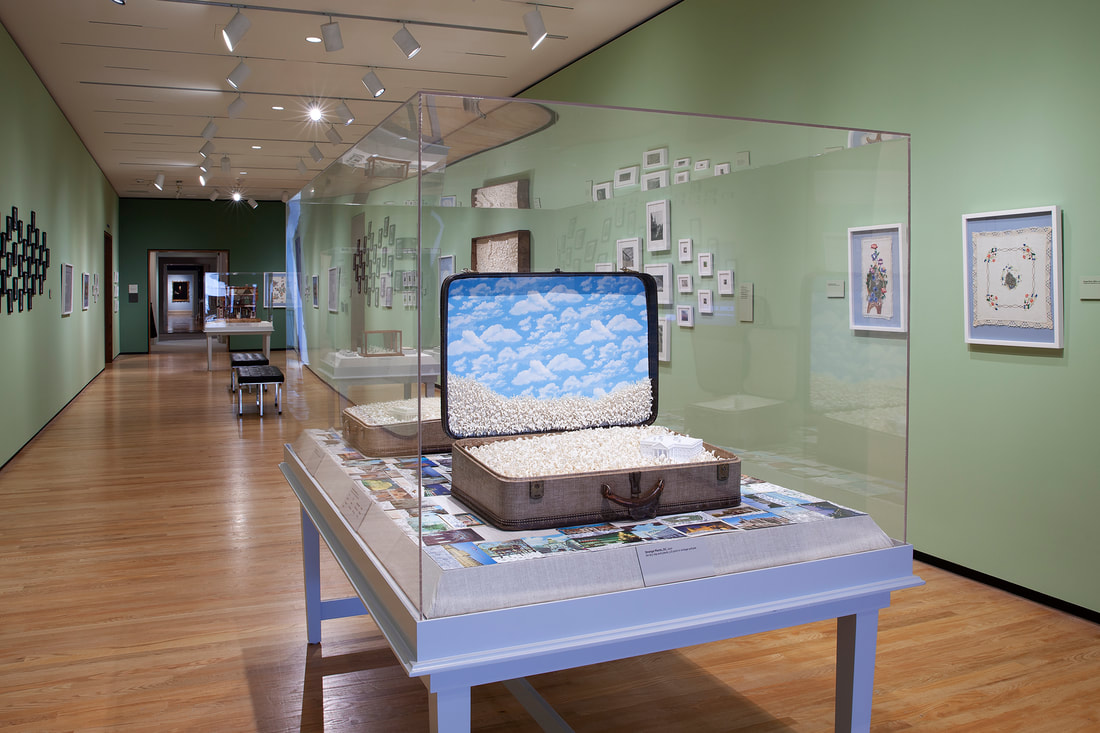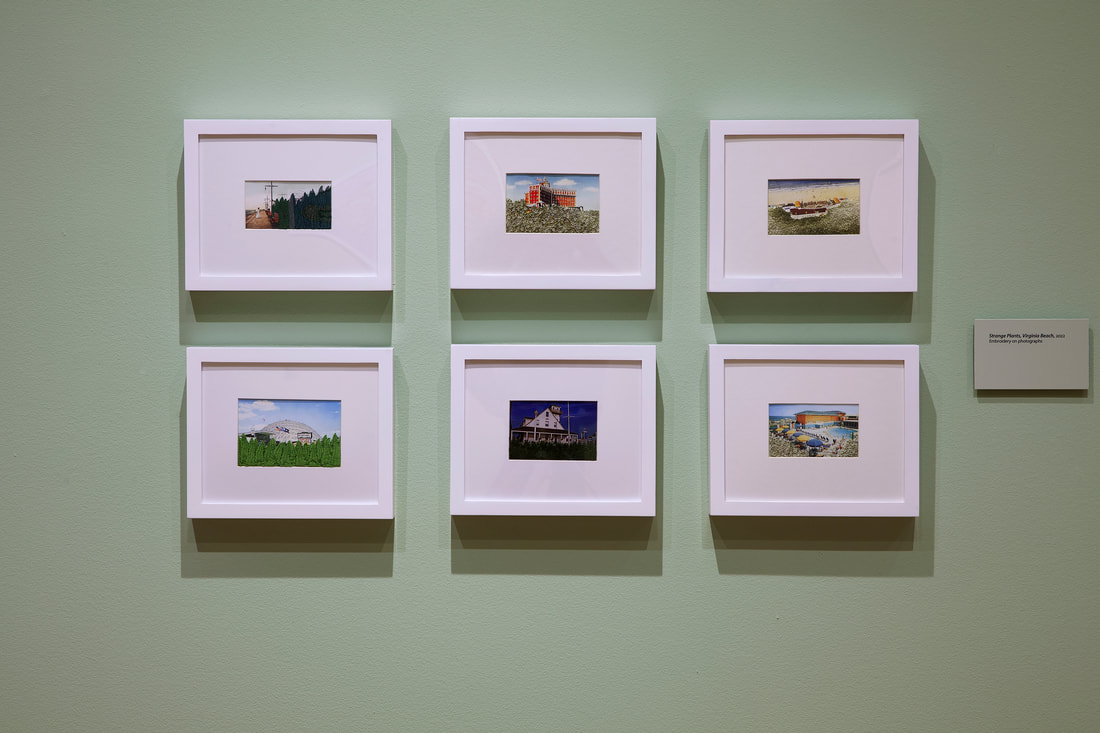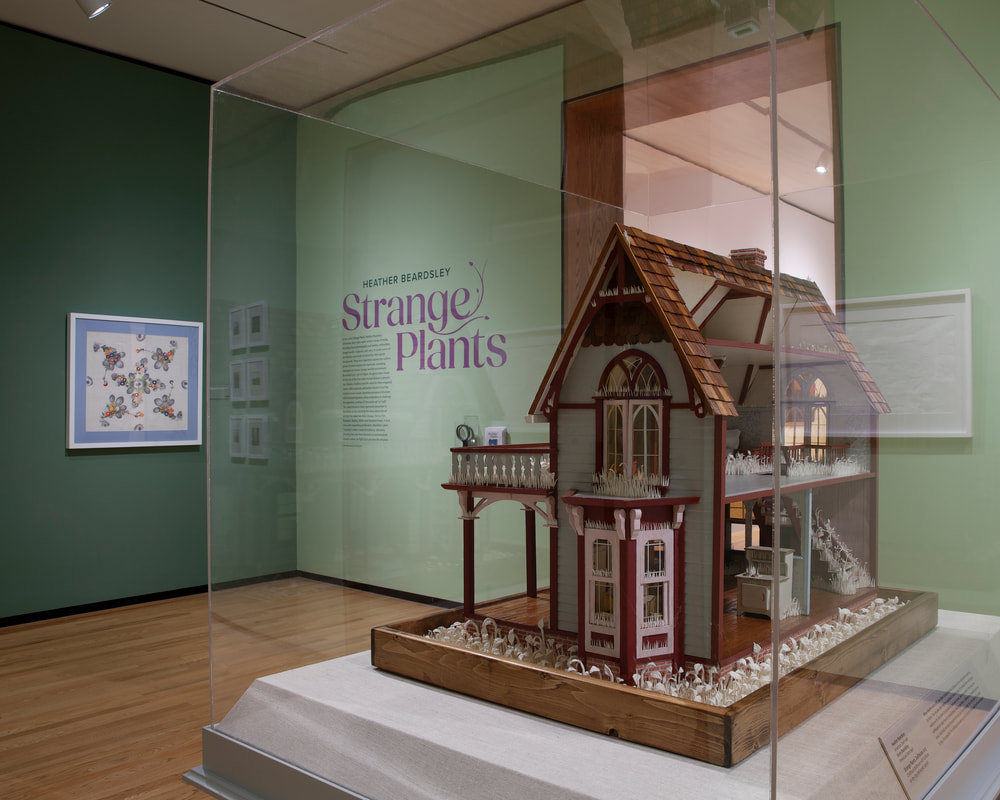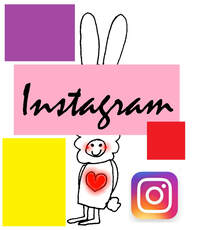|
This is the sixth volume of Working On Gallery Guest Editor Series. Luisa A. Igloria was my guest during the pandemic year. Since then, Igloria and I have collaborated on projects including Celebrating AAPI Writers and Creatives: Reading and Panel by the Muse Writers Center. It is absolutely fantastic to work with her.
Igloria introduced me to Heather Beardsley, and I immediately got interested in her projects. "I hope that my work can take root in viewers’ imagination and open up their way of thinking about our relationship to the environment and the ecological crises we're facing." - - Heather Beardsley I strongly recommend visiting Beardsley's website. Her current projects and creative processes are talked about in this interview, and also, she has sculpture and fiber projects along with her YouTube videos on her website. They are all inspirational.
Working On Gallery Past Guest Editors: Meg Reynolds Francesca Preston Lúcia Leão Artist Interview |
Archives
July 2024
|
フジハブ
Welcome to FUJI HUB: Waystation to Poetry, Art, & Translation. This is not your final destination. There are many links to other websites here, so please explore them!
Welcome to FUJI HUB: Waystation to Poetry, Art, & Translation. This is not your final destination. There are many links to other websites here, so please explore them!
What are you looking for?
FUJI HUB Directory
Popular Sites:
Gallery of Graphic Poems
Working On Gallery
(Monthly New Article by Writers & Artists)
About Naoko Fujimoto
Contact
Naoko Fujimoto Copyright © 2024
FUJI HUB Directory
Popular Sites:
Gallery of Graphic Poems
Working On Gallery
(Monthly New Article by Writers & Artists)
About Naoko Fujimoto
Contact
Naoko Fujimoto Copyright © 2024
